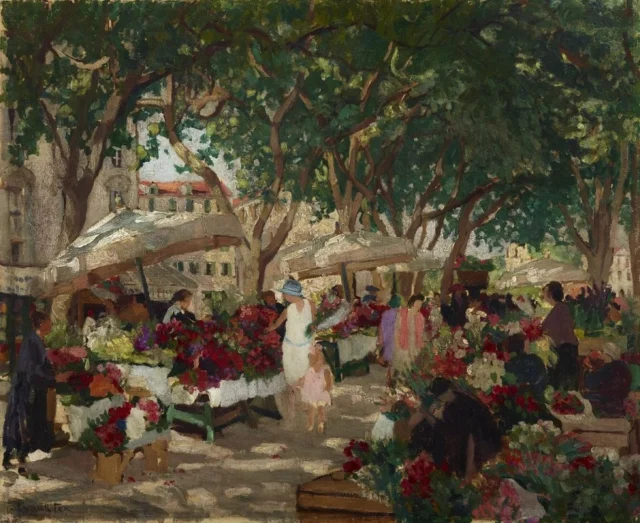
Music / “La Clemenza di Tito”, by Mozart, National Opera. At Llewellyn Hall until April 17. Reviewed by ROB KENNEDY.
UNDER its new name of the National Opera, performing one of Mozart’s last operas, “La Clemenza di Tito”, the company stepped out for 2021 in its first performance of this dramatic and compelling work.
Directed by Peter Coleman-Wright, with conductor, Dane Lam, chorus master, Tobias Cole, costumes, Fiona Victoria Hopkins and lighting, Mark Dyson with the Canberra Symphony Orchestra.
The singers were Bradley Daley as Tito, Catherine Carby as Sesto, Helena Dix as Vitellia, Eleanor Greenwood as Annio, Mikayla Tate as Servilia and Andrew Collis as Publio.

“La Clemenza di Tito” (The clemency of Titus), is a story of friendship and forgiveness triumphing over jealousy and violence. This opera is also full of that dramatic and lively music that Mozart does best. Composed in record time towards the end of his life, Mozart’s music for this opera gets the royal treatment of glorious sounds combined with dramatic and subtle on-stage action.
In two acts, classed as an opera seria (serious), it had its light-hearted moments. While there were no surtitles of the libretto, there were scene directions projected on to the back wall behind the stage.

The overture bursts into action with a flourish on kettle drums and the full orchestra to introduce to the audience a taste of what was to come. The first duet between Carby (Sesto) and Dix (Vitellia) proved a delightful counterbalance between these expressive voices.
Lam as the conductor was determined, bright and effective. His work was nicely sequenced between his playing on the fortepiano and his direction. At times, with the baton in his left hand, and the right working the keyboard, his combination of tasks held the performance together with aplomb.
The fortepiano is used extensively throughout this opera. Its effect added so much to the dynamic of the singing and the dialogue. It created an edge to the dramatics happening on stage above it.
When the chorus first enters with their visually stunning and chic black costumes by Hopkins, they not only looked but sounded impressive. Vitellia’s costume was a stunning, royal-red gown that saw eyes move to her every time she entered the stage. Dix as Vitellia added so much to the quality and spectacle of the opera. Daley as the Roman Emperor Tito produced some wonderful arias, and his Italian accent made him sound like a native.

The dynamic red lighting by Dyson during the fire scene from the burning of Rome towards the end of act one was visually stunning. It lit up Llewellyn Hall like an eruption from a volcano.
In act two, when the chorus as the Roman people come together to thank the gods for saving Tito, the beauty of their combined voices showed how well trained they were by Cole as chorus master. The music in this scene was something quite special.
Carby as Sesto had a lot to do. During the remorse scene with Sesto on bended knees, she created a moment of quiet introspection. It turned into a passion-filled incident that was full of pent-up regret, which was wonderfully played and sung.

Publio played by Collis created a strong character for his part as the imperial palace guard. His rich bass-baritone voice added weight and depth to every scene he played. Tate as Sevilla and Greenwood playing Annio brought those special touches and unique interactions to this impressive cast.
What makes this opera work as a whole is the short interactions (arias) between characters. While there were extended solo arias, the succinct relations between just two singers created the colour and heightened dynamics that made it memorable.

The final scene set in the amphitheatre, with the full cast on stage is one to knock your socks off. The compelling ending of forgiveness and setting Sesto free was strongly dramatic and proved that not every opera needs to have their leads jumping from a parapet or being killed.
The National Opera will help bring so much experience for local talent with performances like this. For arts workers in Canberra, having access to many professional artists and groups that the National Opera brings with them will be essential to maintain and grow our local community of artists.
Who can be trusted?
In a world of spin and confusion, there’s never been a more important time to support independent journalism in Canberra.
If you trust our work online and want to enforce the power of independent voices, I invite you to make a small contribution.
Every dollar of support is invested back into our journalism to help keep citynews.com.au strong and free.
Thank you,
Ian Meikle, editor








Leave a Reply